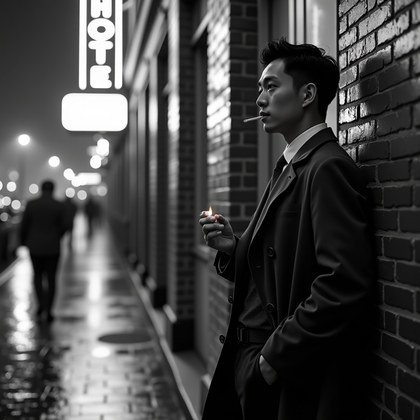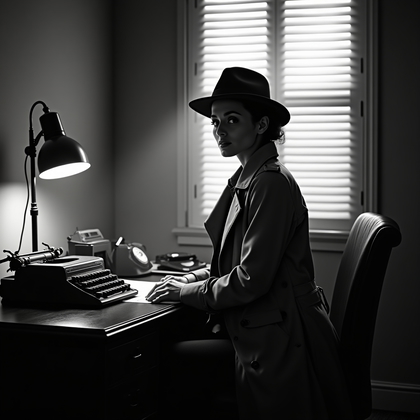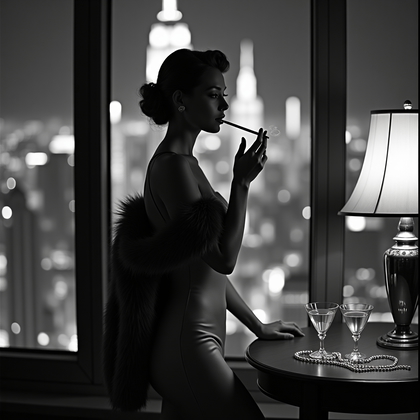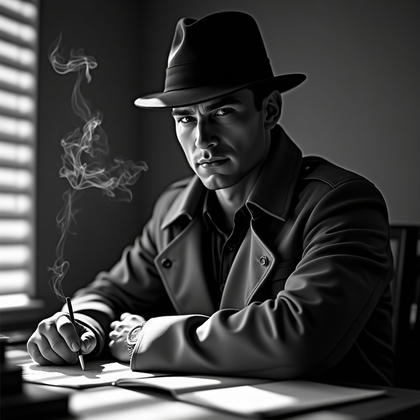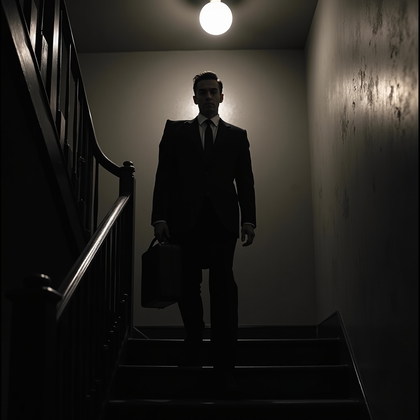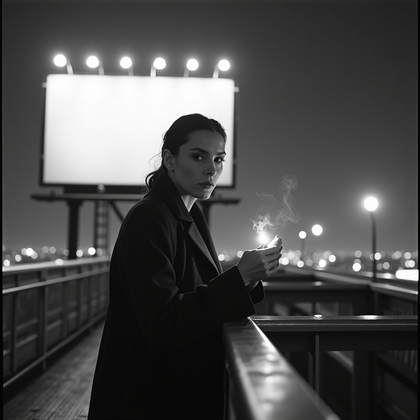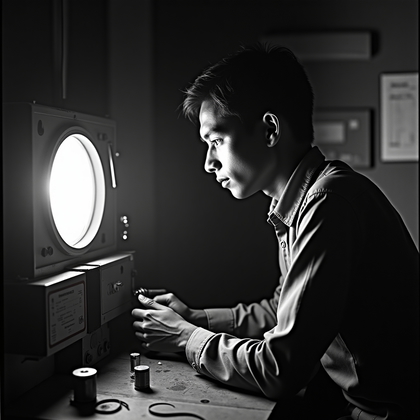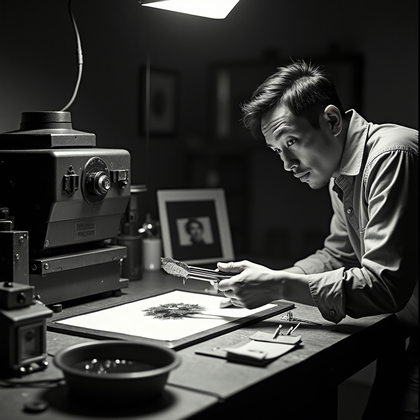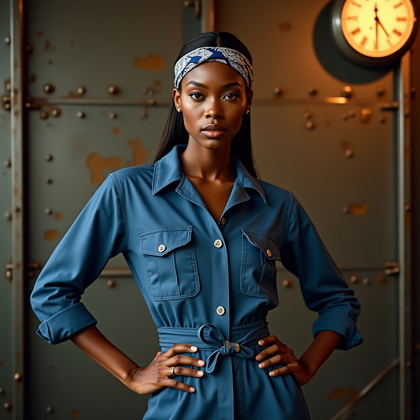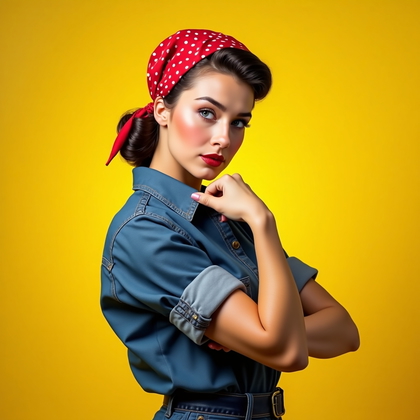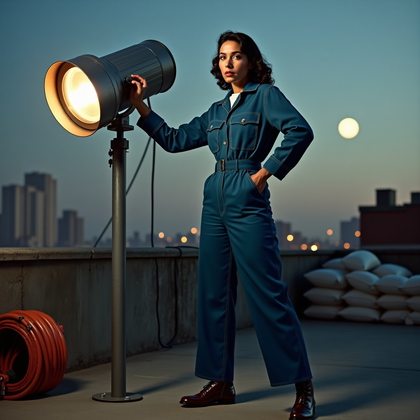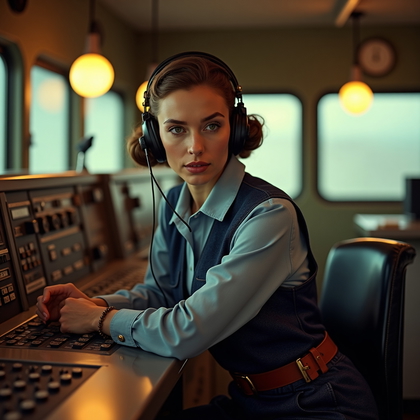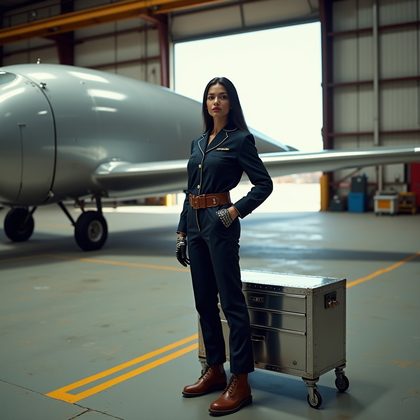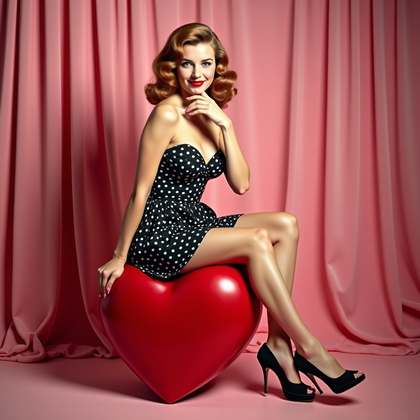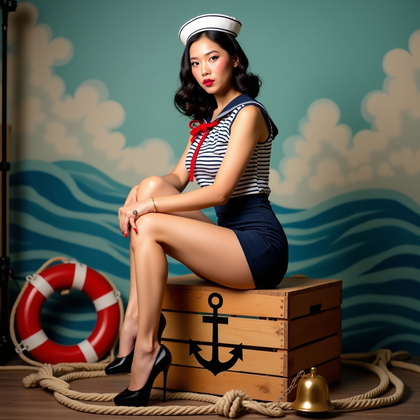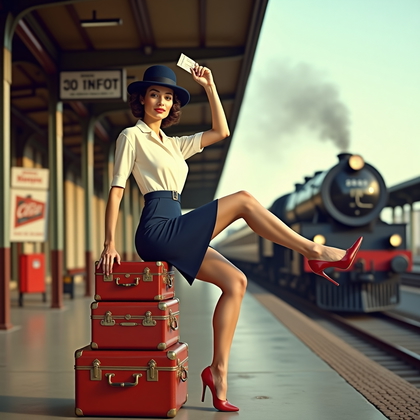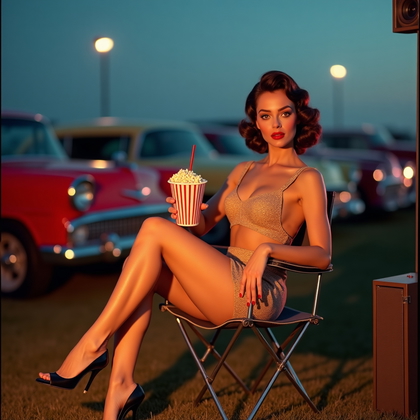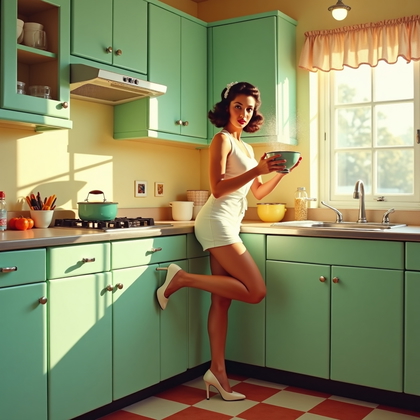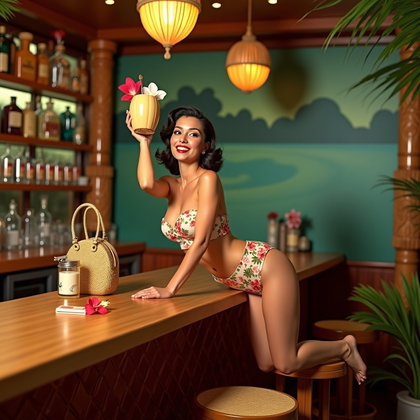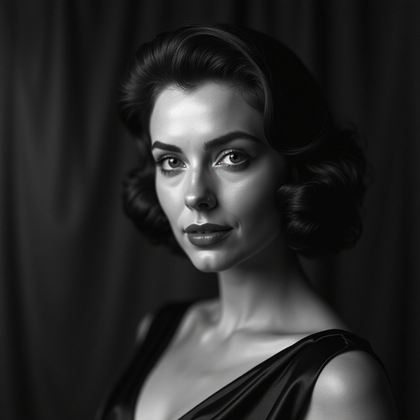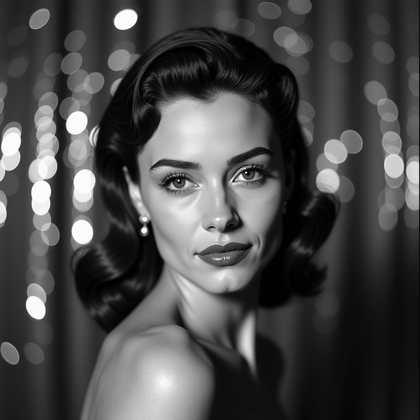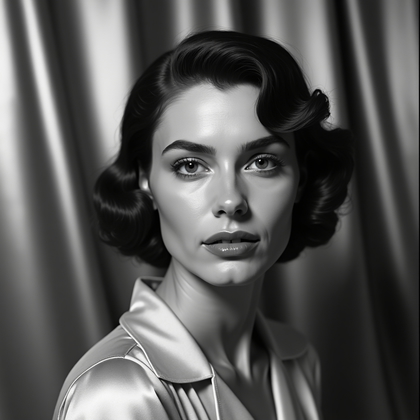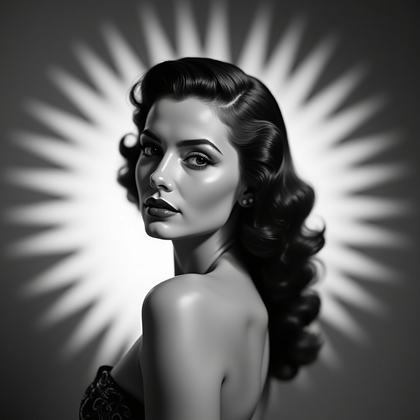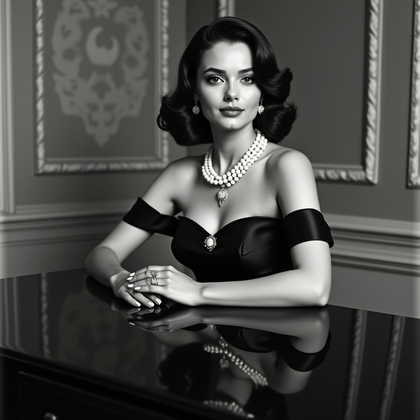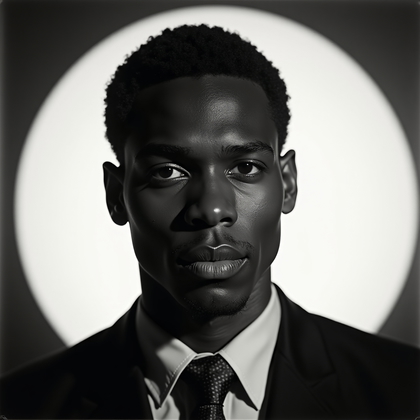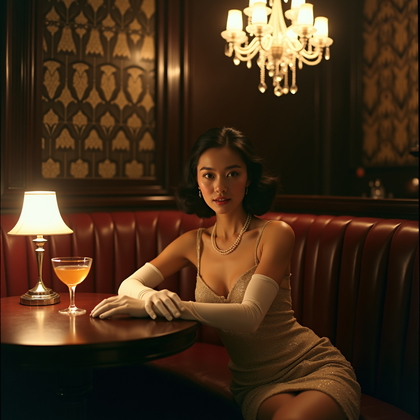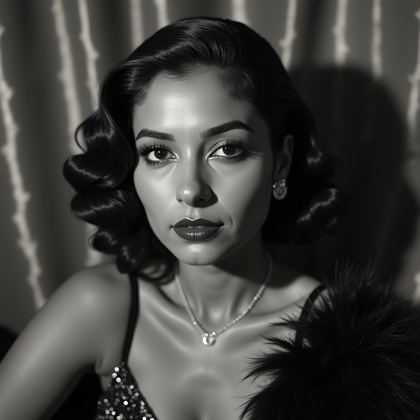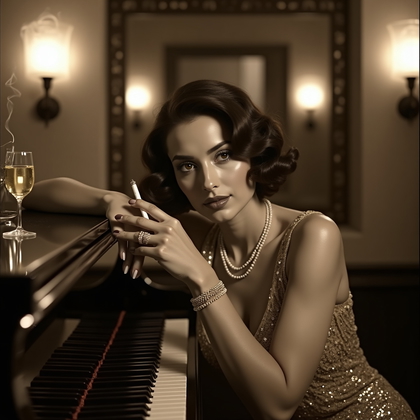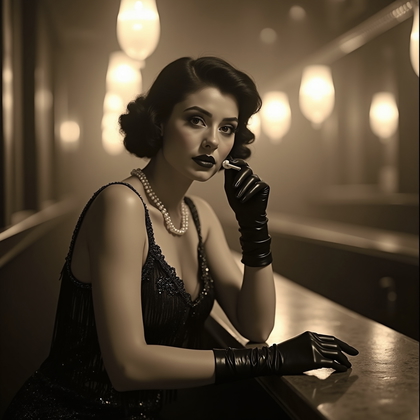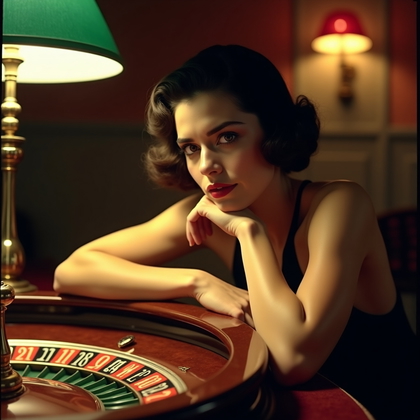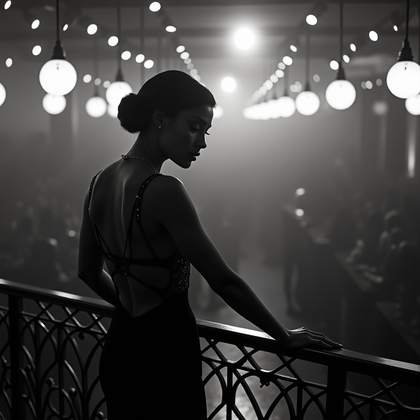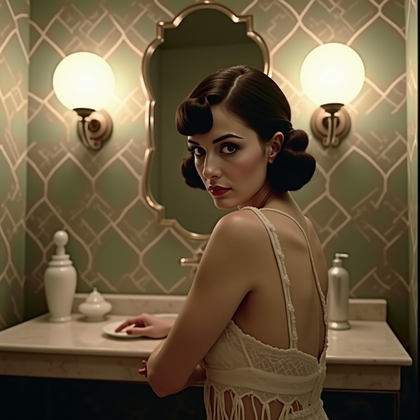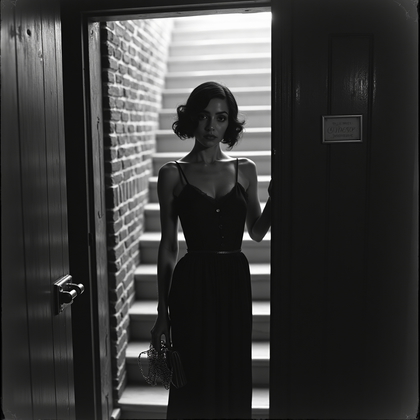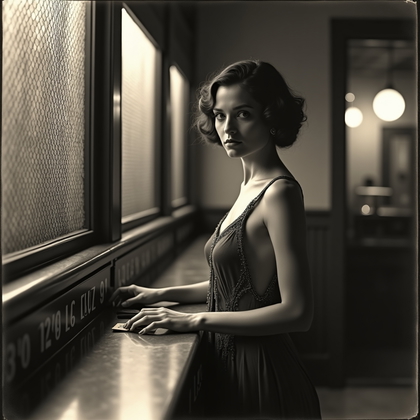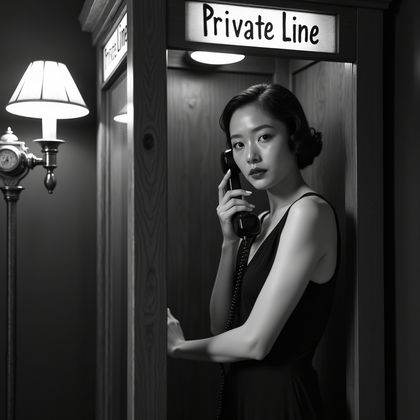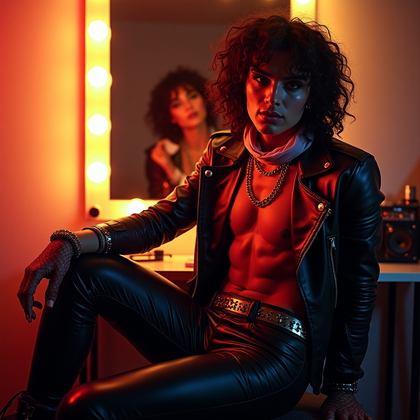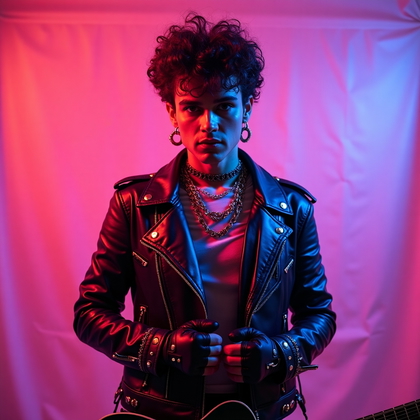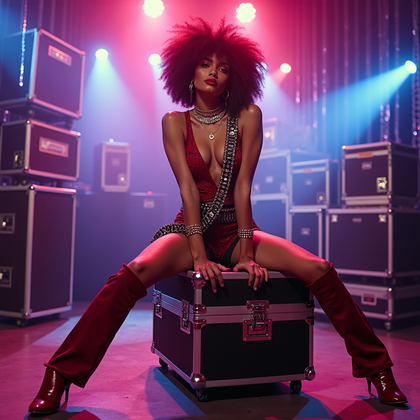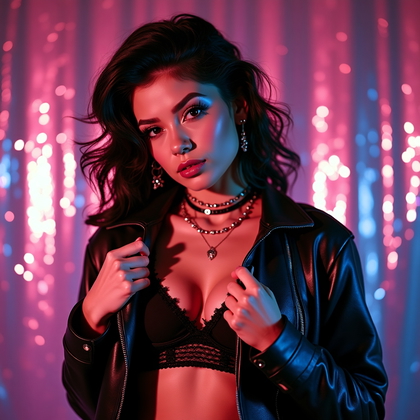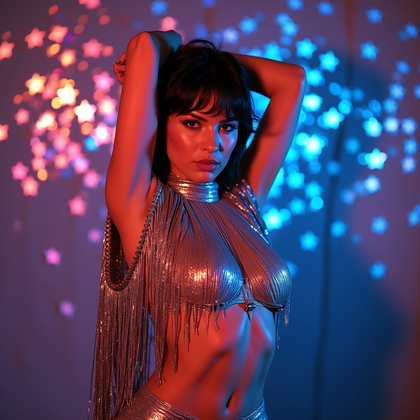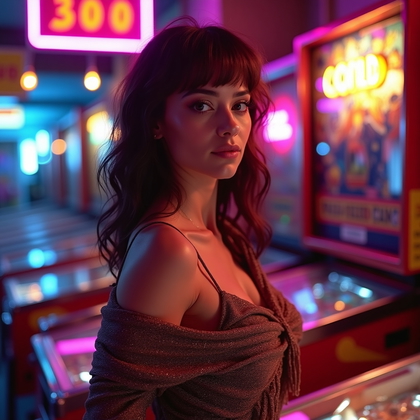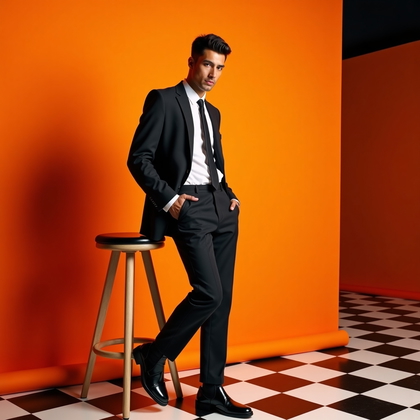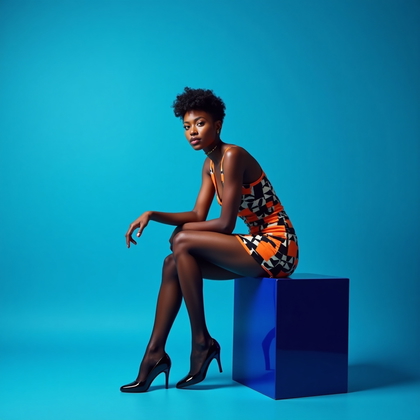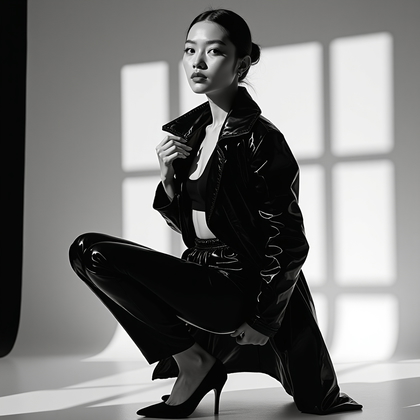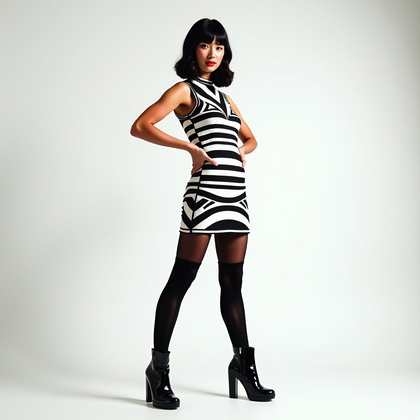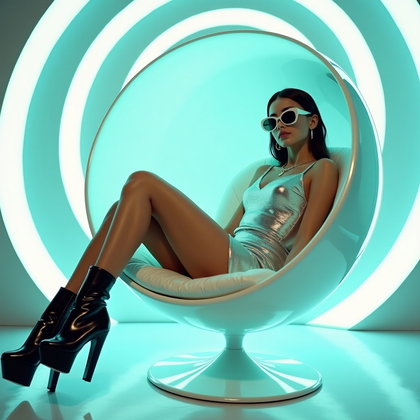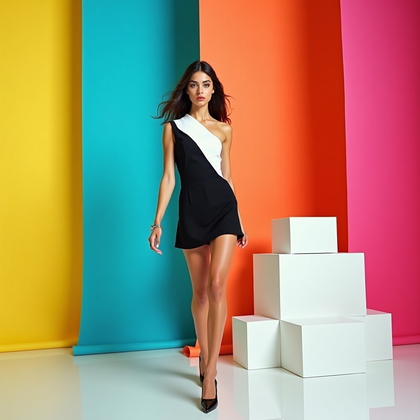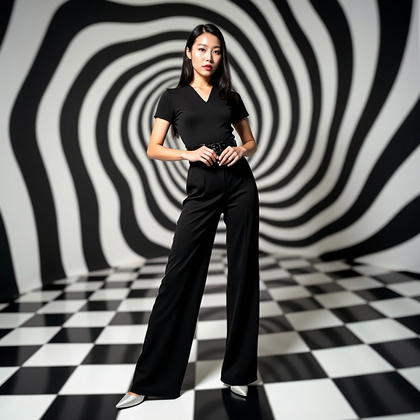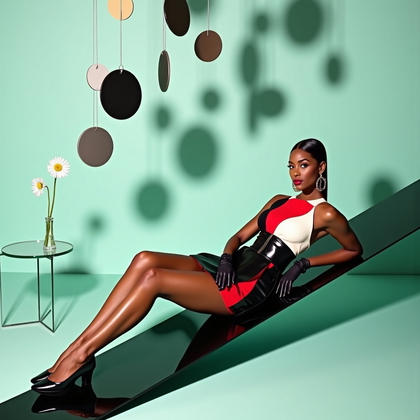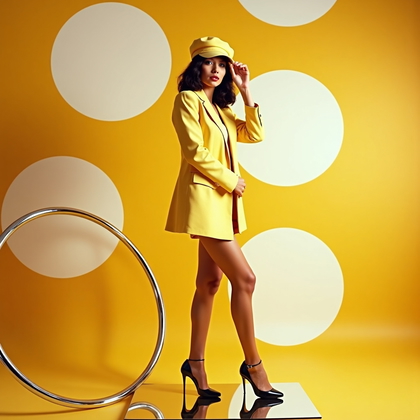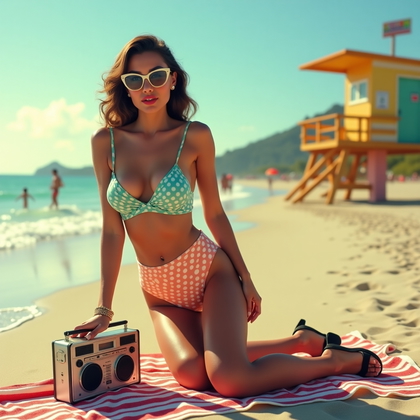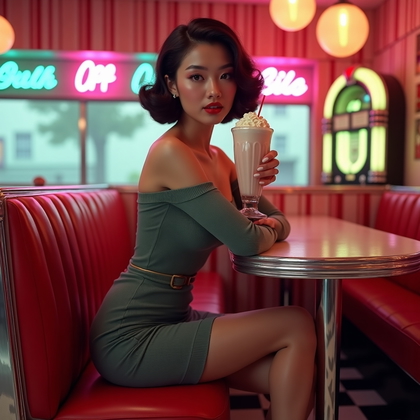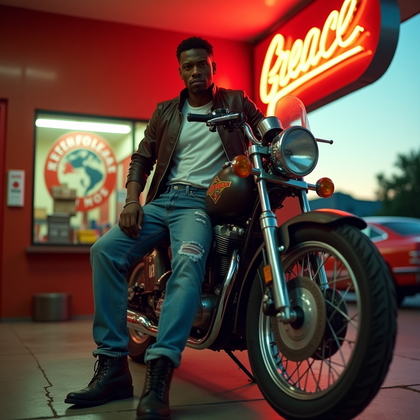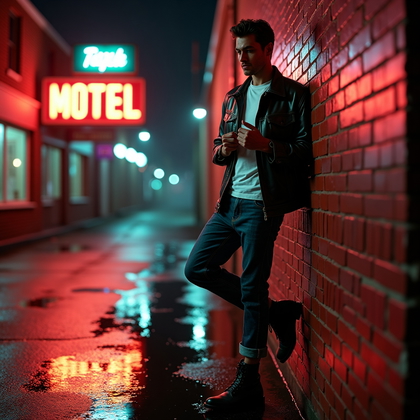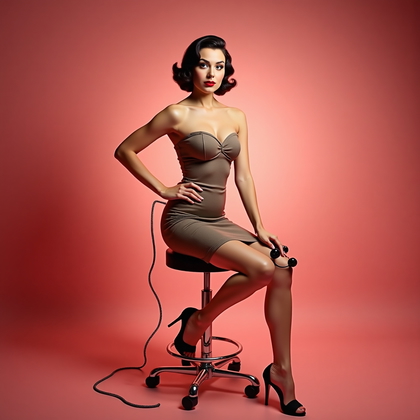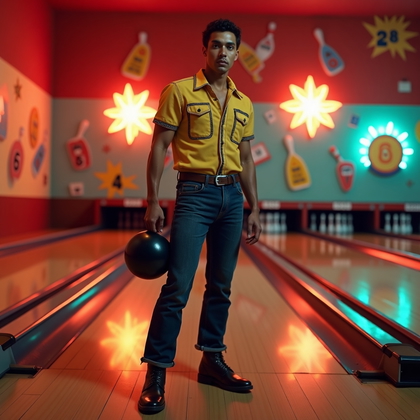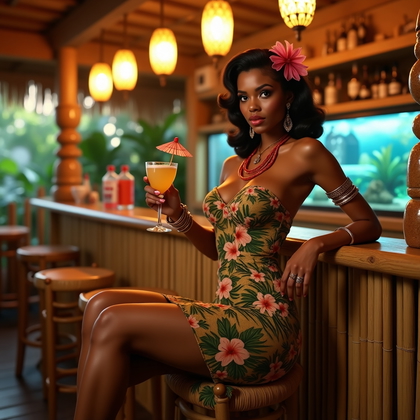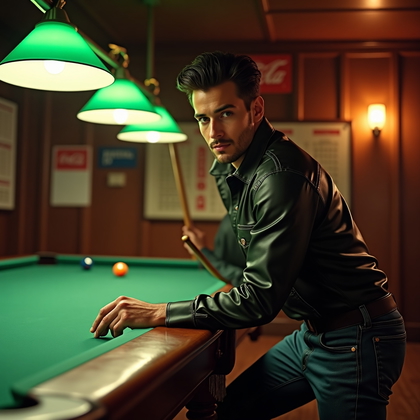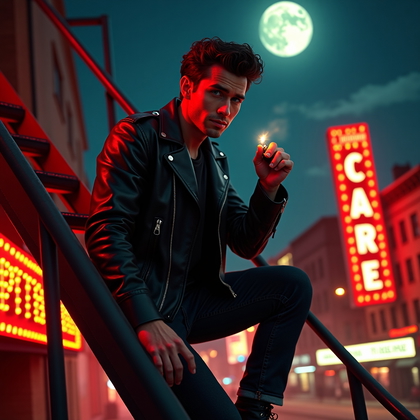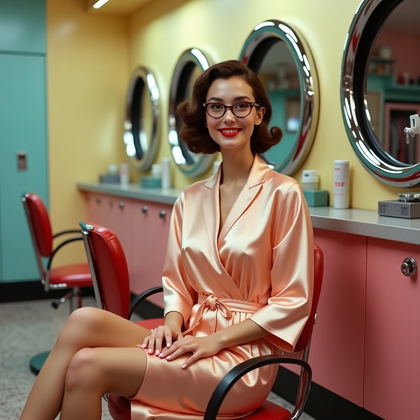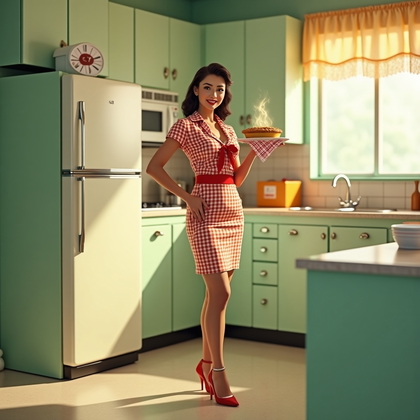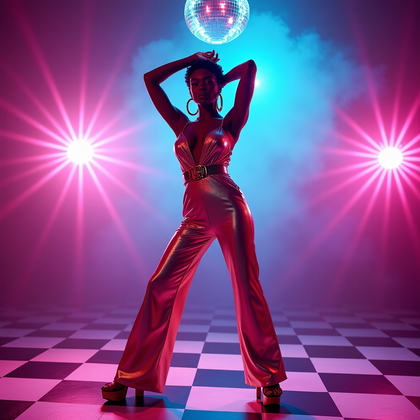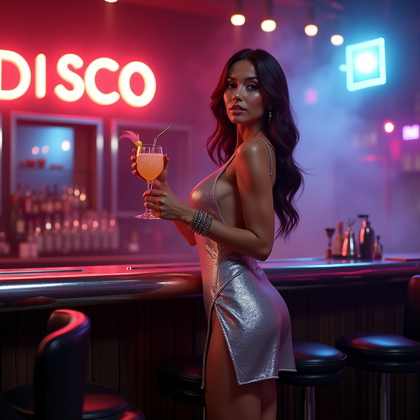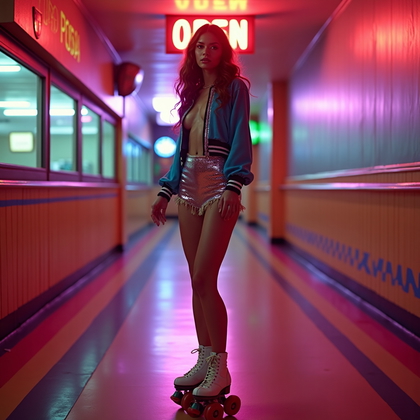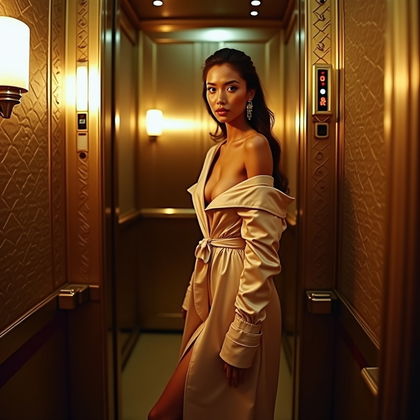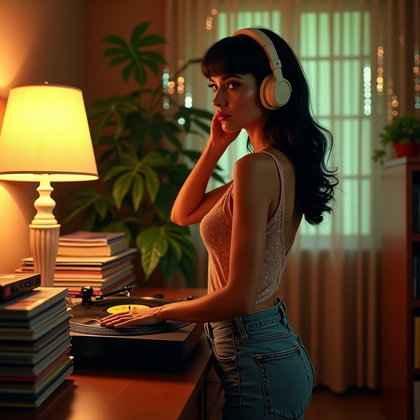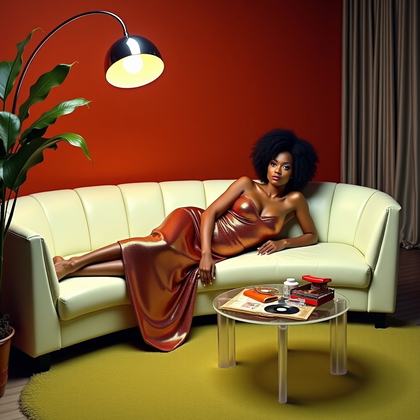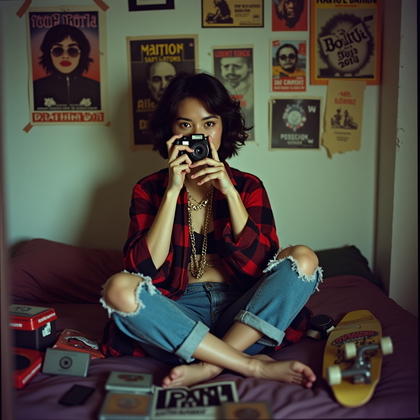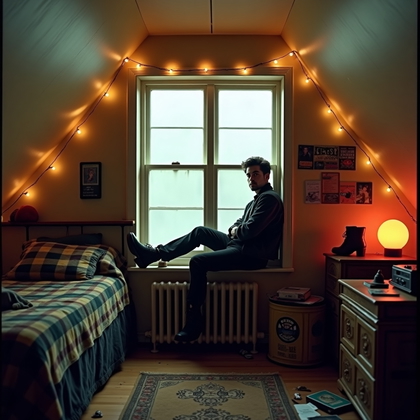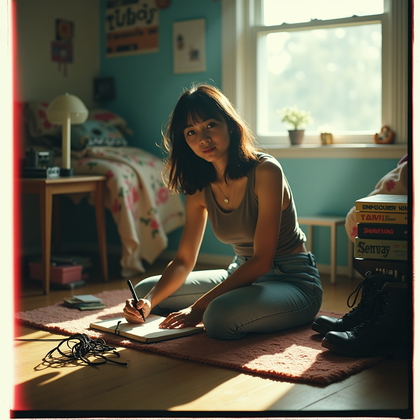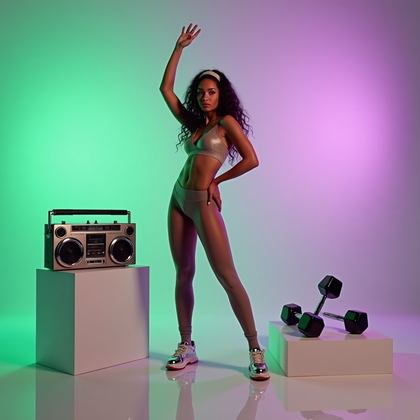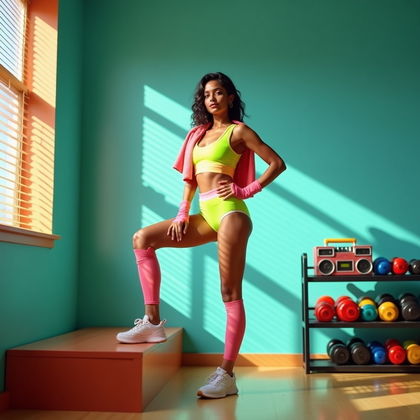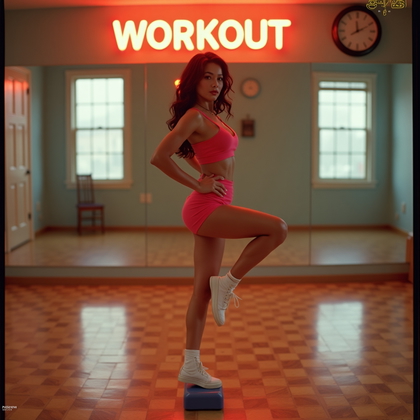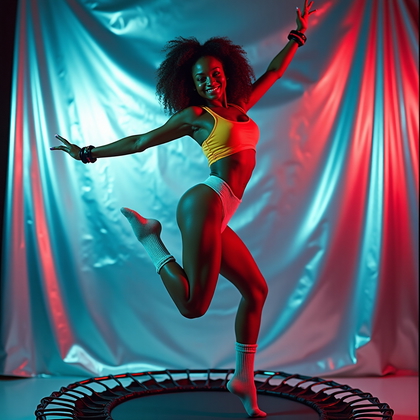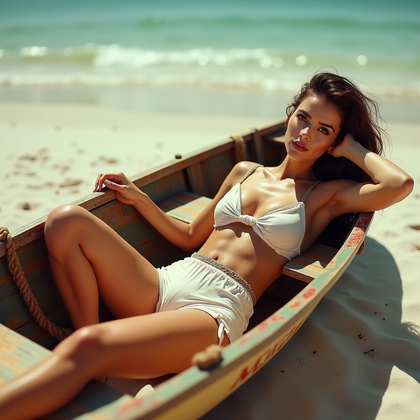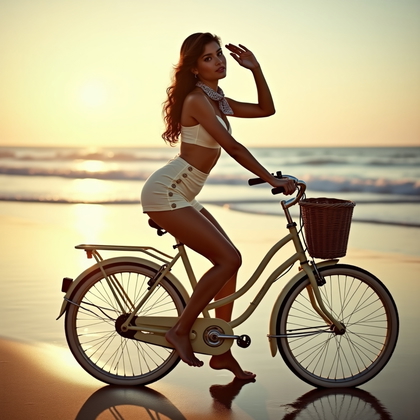Vintage Photos Ideas

Want vintage photos that actually look vintage? Want AI portraits that hit hard and feel real? Want a set that sells the era in one glance?
AI photo generation lets you create studio-grade vintage portraits fast. You control lighting, lens style, film grain, wardrobe, and background. You can recreate classic eras with precision. No guesswork. No empty fluff.
This article shows the most effective vintage photo ideas for AI. You get direct guidance, bold styling advice, and clear technical cues. Each section explains why the look works and how to prompt it. Use these styles to build strong images that deliver.
1930s–40s Film Noir Character
This look lives on contrast and mystery. Use hard light, deep shadows, and sharp angles. Go black-and-white. Add venetian blind shadows, rain, trench coat, fedora, cigarette smoke, and wet pavement reflections. Keep backgrounds simple. Use narrow beams and negative space. This style hides flaws and builds instant drama. It also works well at low resolution because heavy shadows mask artifacts.
Technical edge: 50mm or 85mm lens emulation. Tri-X 400 pushed to 800 look. Split lighting or Rembrandt lighting. Low-key exposure. Texture on skin is fine; do not over-smooth. Negative prompts: no modern logos, no neon signs, no plastic textures. This gets you a tough, iconic image every time.
1940s Rosie-Style Power Portrait
Strong, clear, direct. This style sells confidence and capability. Use a plain backdrop, bold color bandana, rolled sleeves, and a tight crop. Pose with flexed arm and chin up. Keep the gaze locked to camera. It reads well on thumbnails and banners. It is clean, timeless, and easy to generate fast.
Technical edge: high-key studio light with a soft key and light fill. 70–105mm portrait lens feel. Slight film grain. Warm skin tones. Add industrial accents like steel texture or workshop tools. Keep wardrobe matte. Negative prompts: no glossy makeup, no modern fonts, no tech devices. Simple, powerful, done.
1950s Pin-Up Cheesecake Pose
This is playful, polished, and graphic. Use classic studio sweep, bright lighting, and clean edges. Choose one-piece or high-waist swimwear, heels, gloves, or a prop like a ribbon-wrapped gift or parasol. Keep poses flattering: S-curve, one leg bent, shoulders angled, chin out. The result is bold and marketable without being messy.
Technical edge: hard key with soft fill, crisp shadows, saturated primary colors, light grain. Keep skin tones smooth but not plastic. 50mm or 85mm lens emulation. Negative prompts: no modern zippers, no visible tags, no tattoos if you want period-correct. Add subtle vignetting to frame the subject. Clean, bright, and effective.
Old Hollywood Glamour Headshot
Go pure elegance. This is all about controlled light and polish. Use butterfly lighting (key above the face), strong hair light, velvety blacks, and soft diffusion. Wardrobe: satin or silk, simple jewelry, sculpted hair. Keep expression calm and poised. This style flatters most faces and works great for profile photos and covers.
Technical edge: 85–135mm lens feel, shallow depth, glow diffusion, and subtle dodge/burn. Monochrome or warm-toned color. Add film halation and a slight bloom. Negative prompts: no modern haircut lines, no harsh HDR, no pores over-sharpening. Keep it smooth and classic.
1920s Flapper Speakeasy Portrait
Make it electric and textured. Think bob haircut, beaded dress, long pearl necklace, and art deco shapes. Use low light with a warm rim from candles or stage lights. Add a smoky bar or velvet curtain background. Keep the frame tight to avoid modern details. Poses are confident and straight-on.
Technical edge: 35–50mm lens vibe, medium contrast, golden highlights, and soft film grain. Add a subtle film gate and vignette for depth. Negative prompts: no neon, no plastic shine, no modern drinkware. Use geometric patterns and layered jewelry to sell the era fast.
1980s Glam Rock Portrait
Go loud or it fails. Big hair, leather, studs, metallic shimmer, and colored gels. Use rim lighting to carve the silhouette. Add light smoke for depth. Pose with chin up, shoulders forward, and a defiant stare. This style crushes fatigue and looks dynamic even at small sizes.
Technical edge: 85mm lens look, hard key, magenta/cyan gels, and glossy highlights. Slight motion blur on hair works. Add light grain and chromatic aberration for authenticity. Negative prompts: no modern headphones, no smartphones, no minimalist fashion. This is maximal. Commit to it.
1960s Mod Studio Look
Clean, graphic, and bold. Use a seamless white or bright backdrop. Geometric patterns, A-line dress, strong eyeliner, and short hair or structured updo. Keep the color palette high-contrast: black, white, and one accent. Poses are symmetrical or sharply angled. It reads stylish with zero clutter.
Technical edge: on-axis flash or ring light, crisp shadows, minimal grain, and slight desaturation. 50mm lens feel. Add halftone or posterization if needed. Negative prompts: no gradients, no soft boho fabrics, no weathered textures. Keep edges clean. Keep forms simple.
1950s Bombshell or Greaser Solo
Two lanes, both effective. Bombshell: sculpted waves, red lip, fitted dress or high-waist look, and a confident stance. Greaser: leather jacket, white tee, cuffed denim, boots, and slick hair. Use tight crops and bold posture. Both deliver instant character with minimal setup.
Technical edge: medium contrast, glossy highlights, 50–85mm lens feel, and light film grain. For bombshell, add soft key with kicker for hair shine. For greaser, add rim light and garage or diner textures. Negative prompts: no modern cars, no stretch fabrics, no visible logos. Keep it period-true for impact.
1970s Disco Diva
Shine and motion win here. Sequins, metallic fabric, big hair, and dramatic eye makeup. Use mirror-ball bokeh and colorful spotlights. Pose with hips angled and arms wide. Add lens flare. The look pops in any feed and works on posters and covers.
Technical edge: warm skin tones, saturated blues/purples for lights, 35–85mm lens vibe. Use star filters on highlights. Add haze for depth. Negative prompts: no matte fabrics, no flat light, no muted palette. Push color. Push sparkle.
1990s Grunge Bedroom Solo
Keep it raw and imperfect. Messy room, soft lamp, posters, and layered clothes. Use low light or on-camera flash. Sit on the bed or floor. Keep posture relaxed, head down or side glance. The realism hides small AI artifacts and sells the mood without heavy retouching.
Technical edge: 28–50mm lens feel, tungsten white balance, heavy grain, slight desaturation, and light dust/scratches. Negative prompts: no neon cyber items, no glossy makeup, no clean studio walls. Make it lived-in. Make it believable.
1980s Aerobics Icon
Bright, bold, kinetic. Neon leotard, high-cut silhouette, leggings, leg warmers, and headband. Use high-key lighting and a vivid studio backdrop. Pose mid-stretch or mid-kick. Keep limbs long and lines sharp. This style is graphic and sells fitness energy in one shot.
Technical edge: 24–50mm lens feel for dynamic limbs, crisp strobe, minimal grain, and saturated pastels. Add subtle sweat sheen for realism. Negative prompts: no modern fitness trackers, no muted colors, no soft haze. Keep it punchy and clean.
Vintage Beach Bombshell
Sun, sand, and clean lines. Use high-waist swimwear or classic one-piece, cat-eye sunglasses, and a scarf or sun hat. Golden hour light is best. Pose with elongated legs, shoulders open, and a relaxed smile. Background should be simple: dunes, lifeguard tower, or open sea.
Technical edge: 50–85mm lens feel, warm white balance, mild film grain, and soft highlight bloom. Add subtle halation and sun flare. Negative prompts: no modern logos, no reflective sunglasses showing the camera, no plastic textures. Keep it timeless and bright.
Conclusion: Lock in the Era, Fast
Vintage photos work when light, wardrobe, and texture match the era. Control the lens feel, grain, and color. Use strong poses. Remove modern noise. Each style above gives you a reliable recipe. Pick the look, commit to the details, and keep prompts clean. You get sharp, believable images that deliver. No clutter. No guesswork. Just results.
